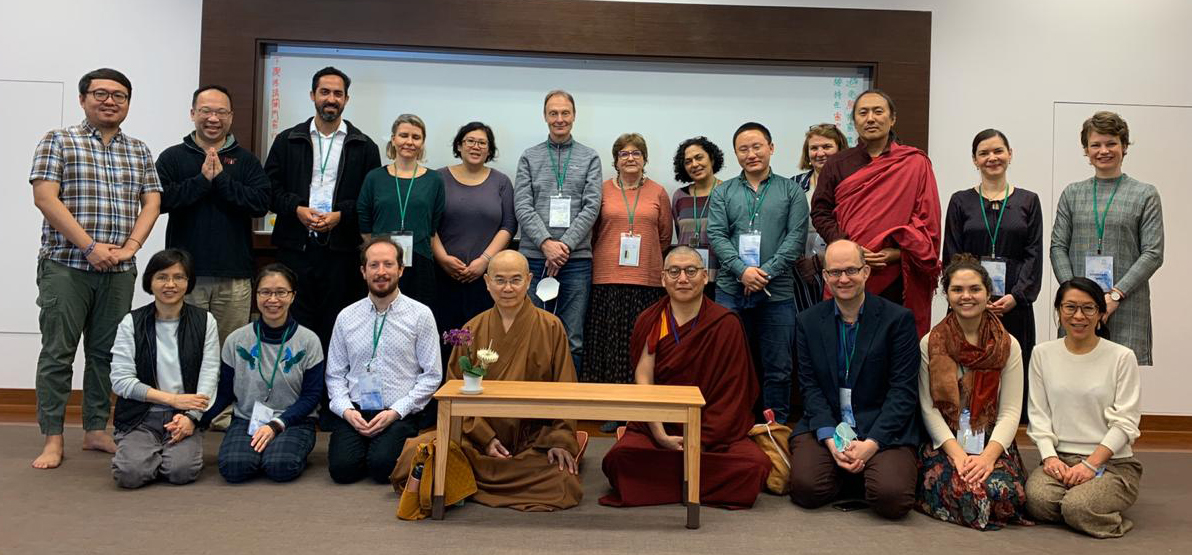
The Milinda Program

May I be born again and again, and in all my lives
May I carry the weight of Buddha Shakyamuni’s teachings.
And if I cannot bear that weight, at the very least,
May I be born with the burden thinking that Buddhadharma may wane.—Dolpopa Sherab Gyaltsen (1292-1361)
Conceived as a 10-Year contemporary shedra for Westerners, the Milinda Program was created to ensure that the dharma that is taught in the future is authentic and powerful. This program aims to create a core training curriculum for dharma teachers, and to set a common standard for teaching outside of Buddhist institutions. Western instructors from different sanghas have committed to gathering for 3 months every year for online and in-person training, and to individual study throughout the year.
Rinpoche named the program after the Bactrian Greek King Milinda (Menander I; circa 165-130 BC), who ruled over a region encompassing parts of modern India, Pakistan, and Afghanistan. King Milinda is known as a philosopher as well as a general. In a dialog with the Buddhist monk Nagasena, the king asked about complex points in the Buddhist teachings. Their discussion is recorded in the Pali text called “The Questions of King Milinda,” which is the first historical evidence of dialog between eastern and western thought. In a similar way, today’s Milinda Program aims to bridge Buddhist thought and modern (western) ways of thinking, as well as traditional and contemporary teaching methods.
Each year the group focuses on a new topic. The group first assembled for 3 months in early 2017 in Pharping, Nepal, where they received condensed teachings on four Madhyamaka texts, each taught by a different khenpo or geshe representing one of the four Tibetan schools. The second gathering was held at Deer Park Institute, Bir, in northern India, where the study focused on logic and epistemology. In the third year, the group traveled to Chagdud Gompa in Brazil, to concentrate on abhidharma.
The Milinda Program perspective on study is experimental and innovative, replacing the traditional shedra method of going through a text line by line in detail and instead using a more contemporary approach to scholarship, emphasizing self-study, interactive discussion, and writing papers.
